My Favourite Painting: Michael Peppiatt
'I visited in January 1966 with a scrawled introduction from Francis Bacon, but felt too intimidated to knock on his door. Later, I learnt Giacometti had just died. This lost opportunity haunted me.'
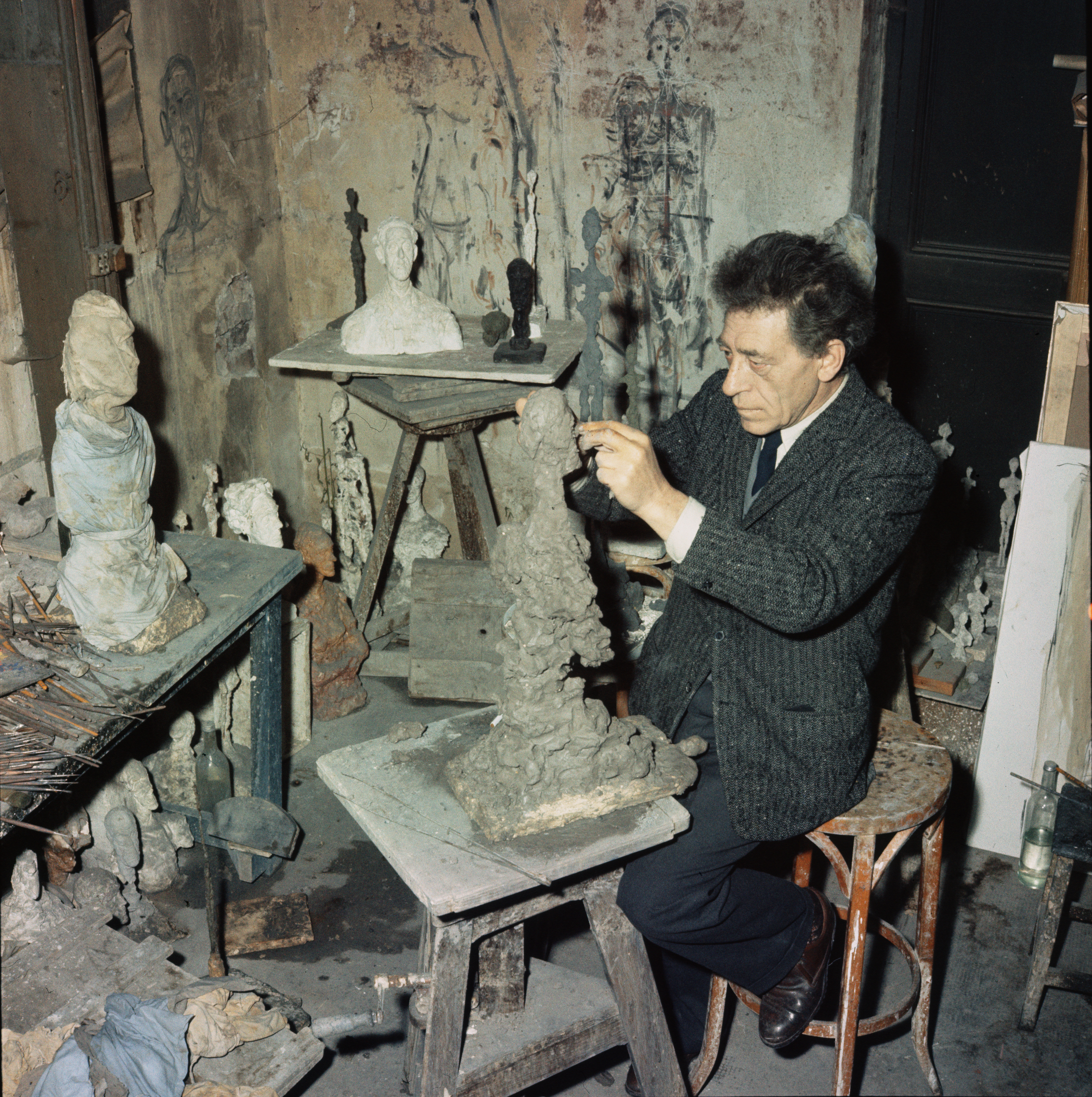

Michael Peppiatt chooses Graffiti on his studio wall by Alberto Giacometti:
‘Giacometti’s tiny, ramshackle studio behind Montparnasse is the holy of holies for me. I visited in January 1966 with a scrawled introduction from Francis Bacon, but felt too intimidated to knock on his door. Later, I learnt Giacometti had just died. This lost opportunity haunted me; I read everything about Giacometti and met most of his inner circle.
'Then, I began writing about him and curating exhibitions of his work. The figures he scratched on his studio walls merge prehistoric art with post-Second World War Paris and, like his gaunt sculptures, come across as survivors against impossible odds.’
Michael Peppiatt is a curator and biographer of Francis Bacon. His new book 'The Existential Englishman: Paris Among the Artists' is out now.
John McEwen comments on Graffiti on his studio wall by Alberto Giacometti:
Giacometti’s hovel of a studio, in which he worked hermit-like throughout his career for all his eventual wealth and acclaim, became a symbol of artistic probity. Robert Craft, conductor and writer, wrote: ‘We notice the graffiti first, for all the walls are scratched, scribbled on, painted, like those of a catacomb or cave.’ Cave wasn’t chosen lightly. As a boy, Alberto played in the caves of Val Bregaglia near the Swiss Italian border, where he was born.
His father was a professional painter and Alberto attended the Geneva School of Fine Arts, then studied under Bourdelle, a sculptor and Rodin pupil, in Paris: ‘As long as my father supported me, I never even thought of making art my career.’ When he reached 25, his father told him to stand on his own feet, hence the cheap ‘dump’ of a studio.
Giacometti made his artistic name in the 1930s, as a Surrealist sculptor, but it was his postwar figurative sculptures and portrait paintings that struck a universal chord. His bronze sculptures were of standing women and striding men, unnaturally reduced to the slenderness of stalagmites; Jean Genet, novelist and dramatist, called them ‘the guardians of the dead’.
The portraits, similarly hard-worked to get to the core of the sitter’s personality, used a colourful palette to create a grey image.
Sign up for the Country Life Newsletter
Exquisite houses, the beauty of Nature, and how to get the most from your life, straight to your inbox.
Both sculptures and portraits reflected the straitened conditions in which they were made and a stoic, reflective, austerity. For the writer Simone de Beauvoir, who admired Giacometti’s disregard for comfort and appearance, they expressed ‘purity, patience and strength’.
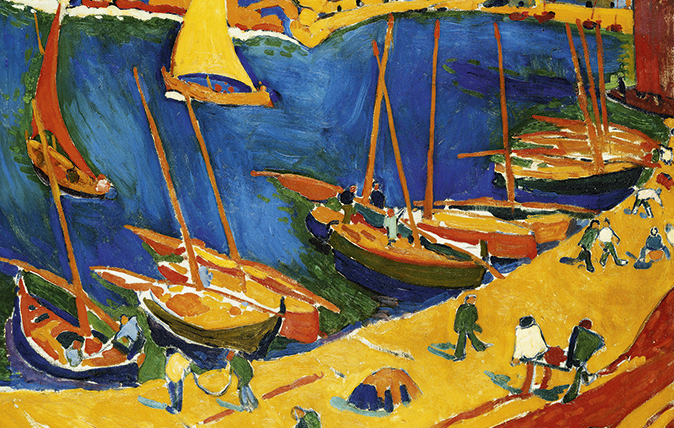
My favourite painting: Peter May
'Vividly coloured sailing boats in a harbour, which I gazed at for hours'
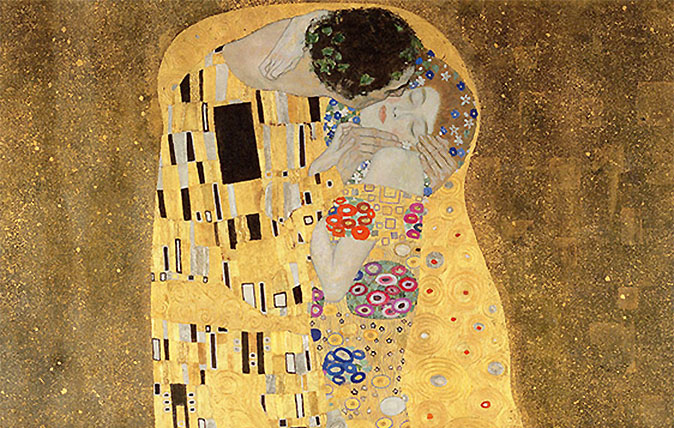
Credit: The Kiss - Gustav Klimt
My favourite painting: Danielle Steel
Danielle Steel, the world's top-selling fiction writer, admits that 'Klimt stole my heart' with this wonderful work.
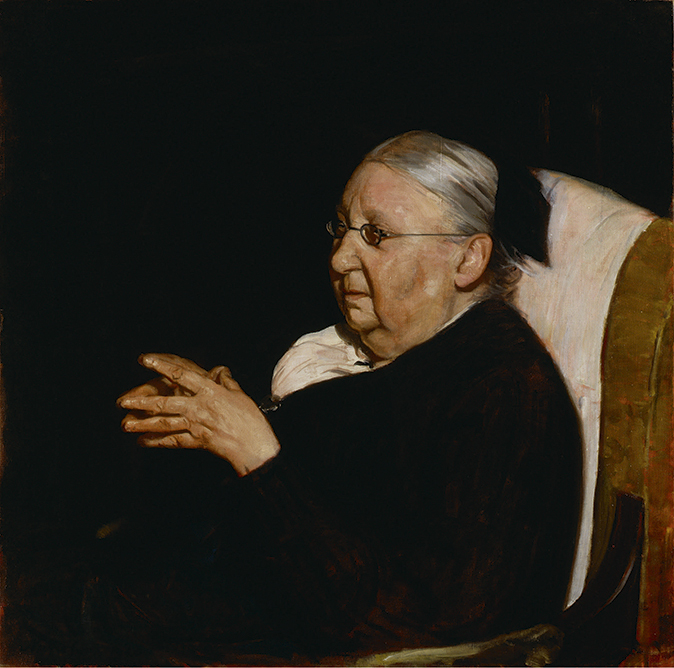
My favourite painting: Penelope Lively
'I love William Nicholson’s work. His still-lifes are incomparable.'
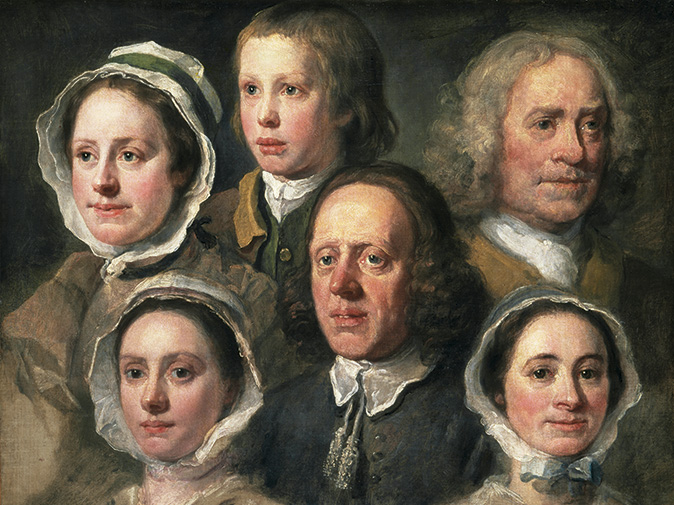
My favourite painting: Jenny Uglow
'This is a tribute to the dignity and inner lives of “ordinary” people, profound and tender at once.'
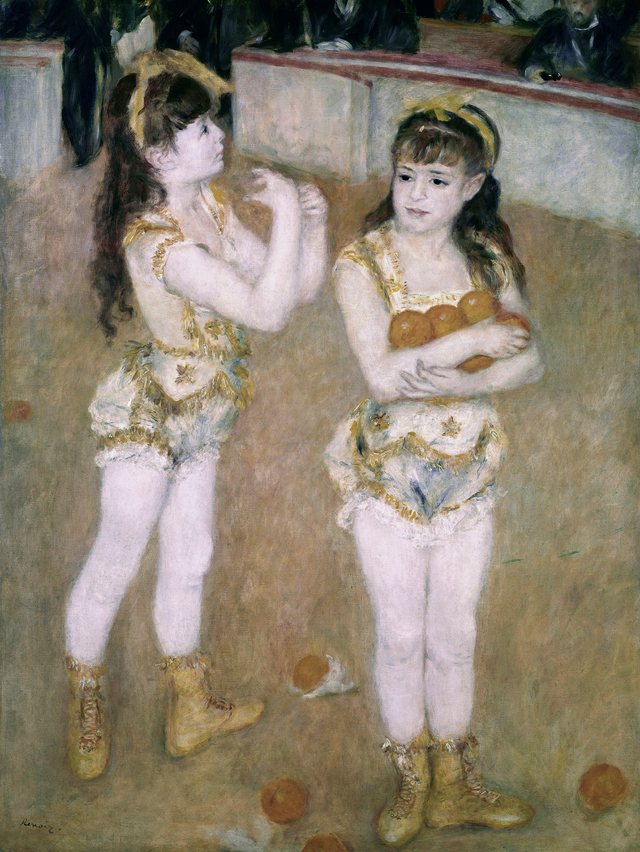
My favourite painting: Jacqueline Wilson
'I looked at this painting and decided to write about a Victorian circus girl one day'
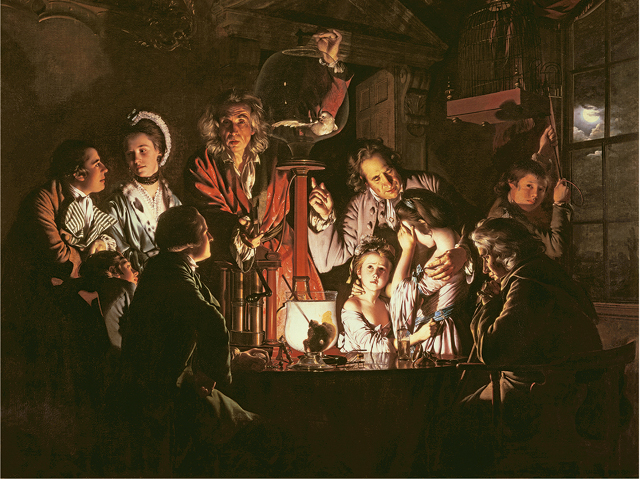
My favourite painting: Nicola Shulman
Nicola Shulman chooses her favourite painting for Country Life.
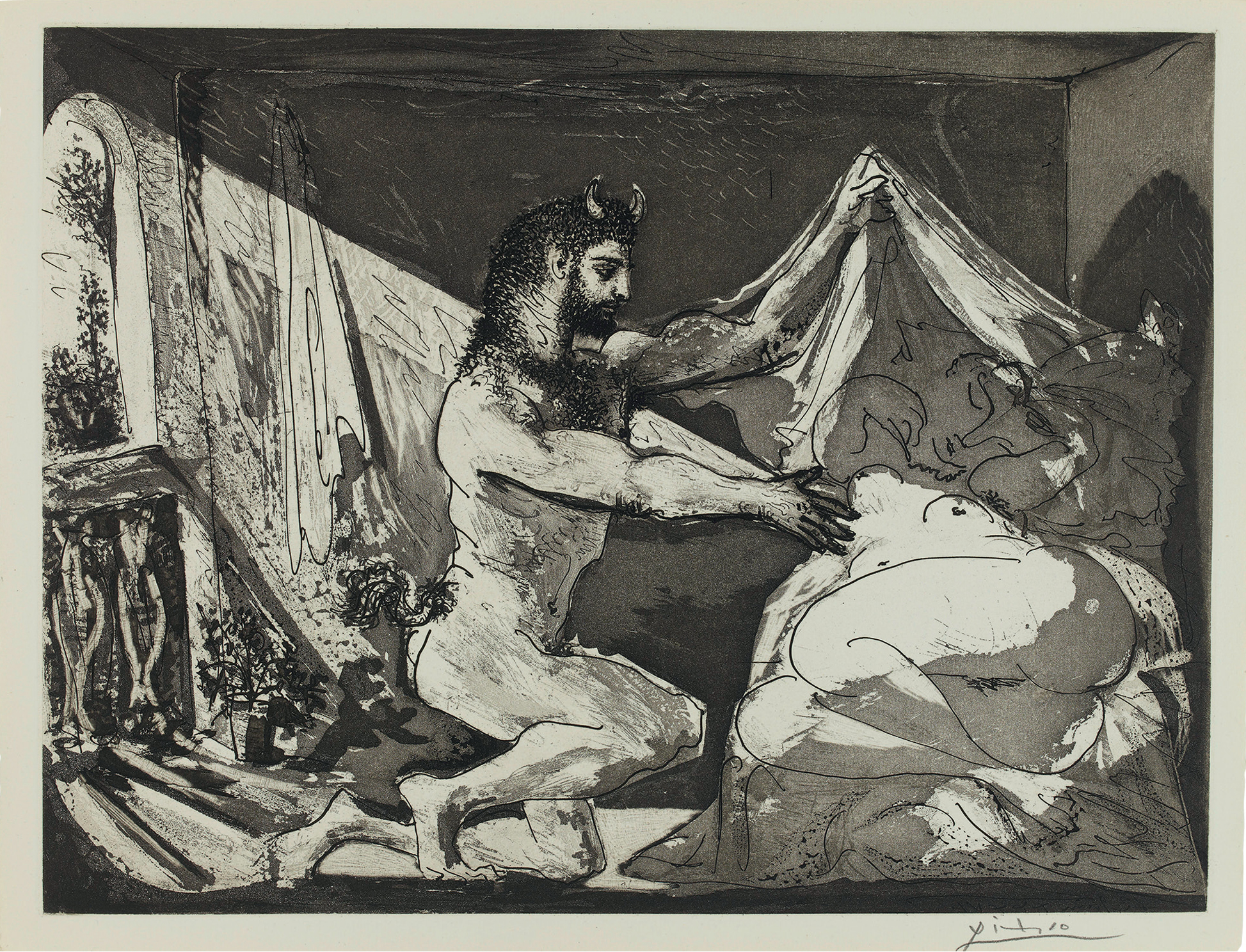
My favourite painting: Norman Ackroyd
Norman Ackroyd chooses his favourite painting for Country Life.
Country Life is unlike any other magazine: the only glossy weekly on the newsstand and the only magazine that has been guest-edited by HRH The King not once, but twice. It is a celebration of modern rural life and all its diverse joys and pleasures — that was first published in Queen Victoria's Diamond Jubilee year. Our eclectic mixture of witty and informative content — from the most up-to-date property news and commentary and a coveted glimpse inside some of the UK's best houses and gardens, to gardening, the arts and interior design, written by experts in their field — still cannot be found in print or online, anywhere else.
-
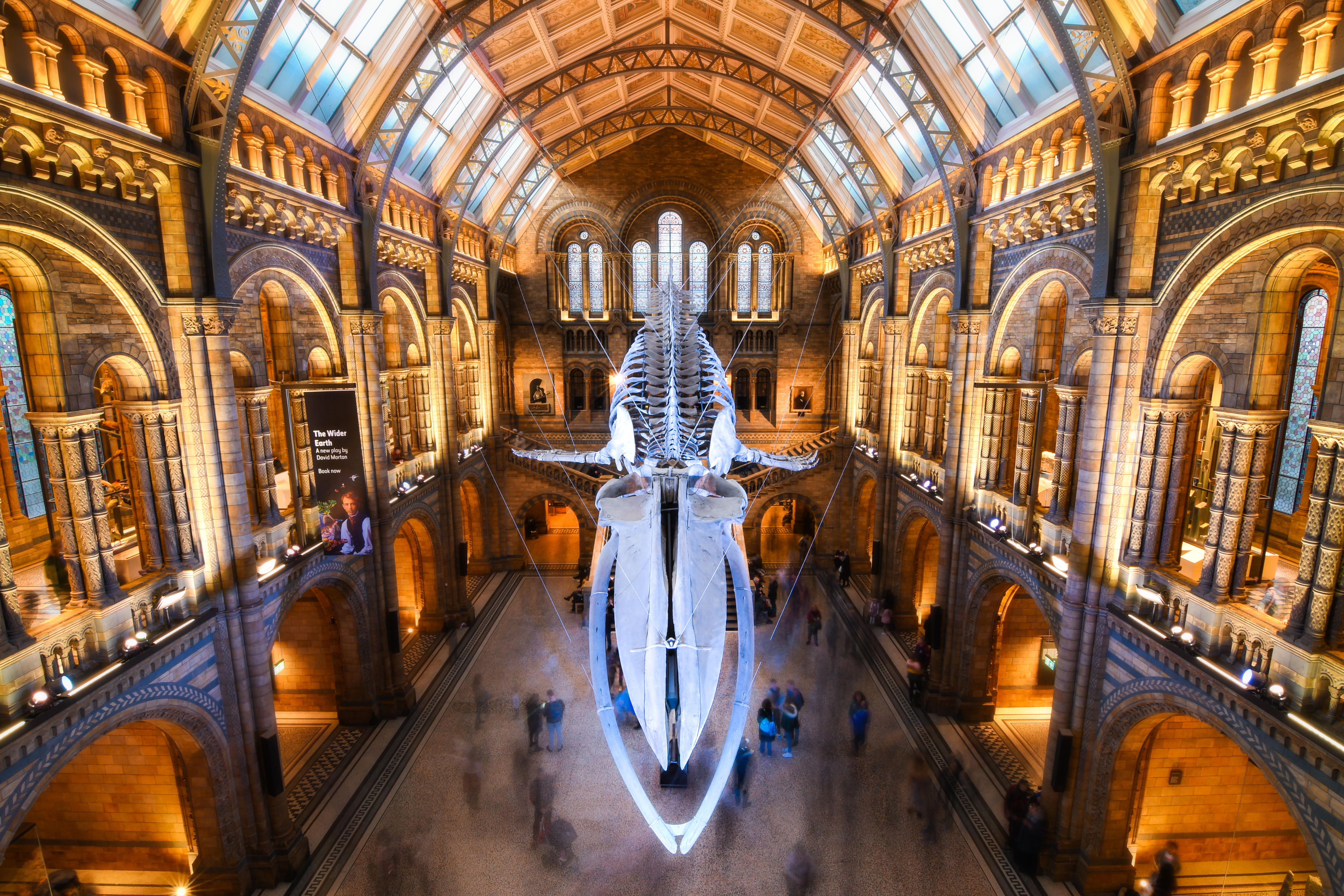 Athena: We need to get serious about saving our museums
Athena: We need to get serious about saving our museumsThe government announced that museums ‘can now apply for £20 million of funding to invest in their future’ last week. But will this be enough?
By Country Life
-
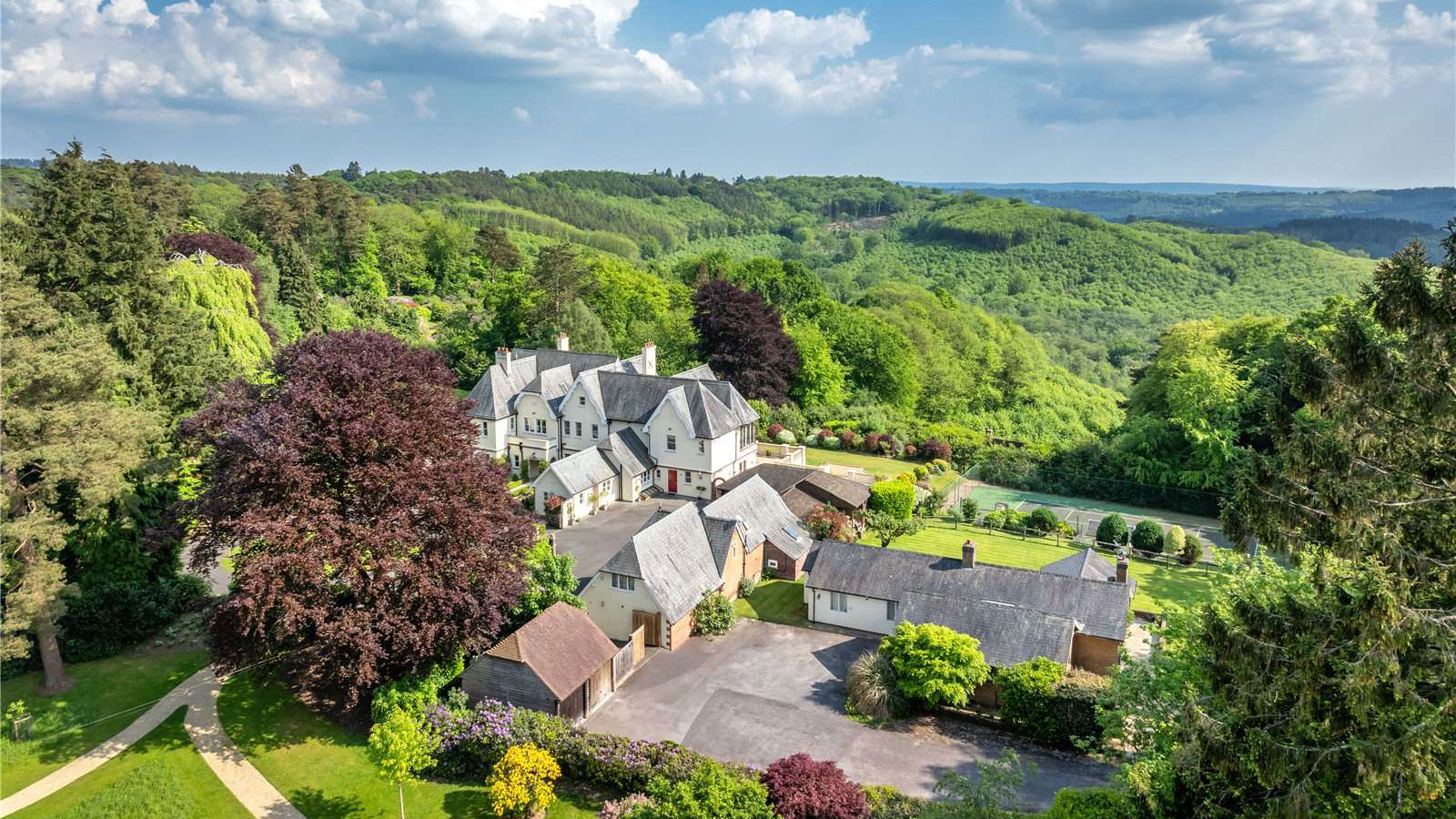 Six rural properties with space, charm and endless views, as seen in Country Life
Six rural properties with space, charm and endless views, as seen in Country LifeWe take a look at some of the best houses to come to the market via Country Life in the past week.
By Toby Keel
-
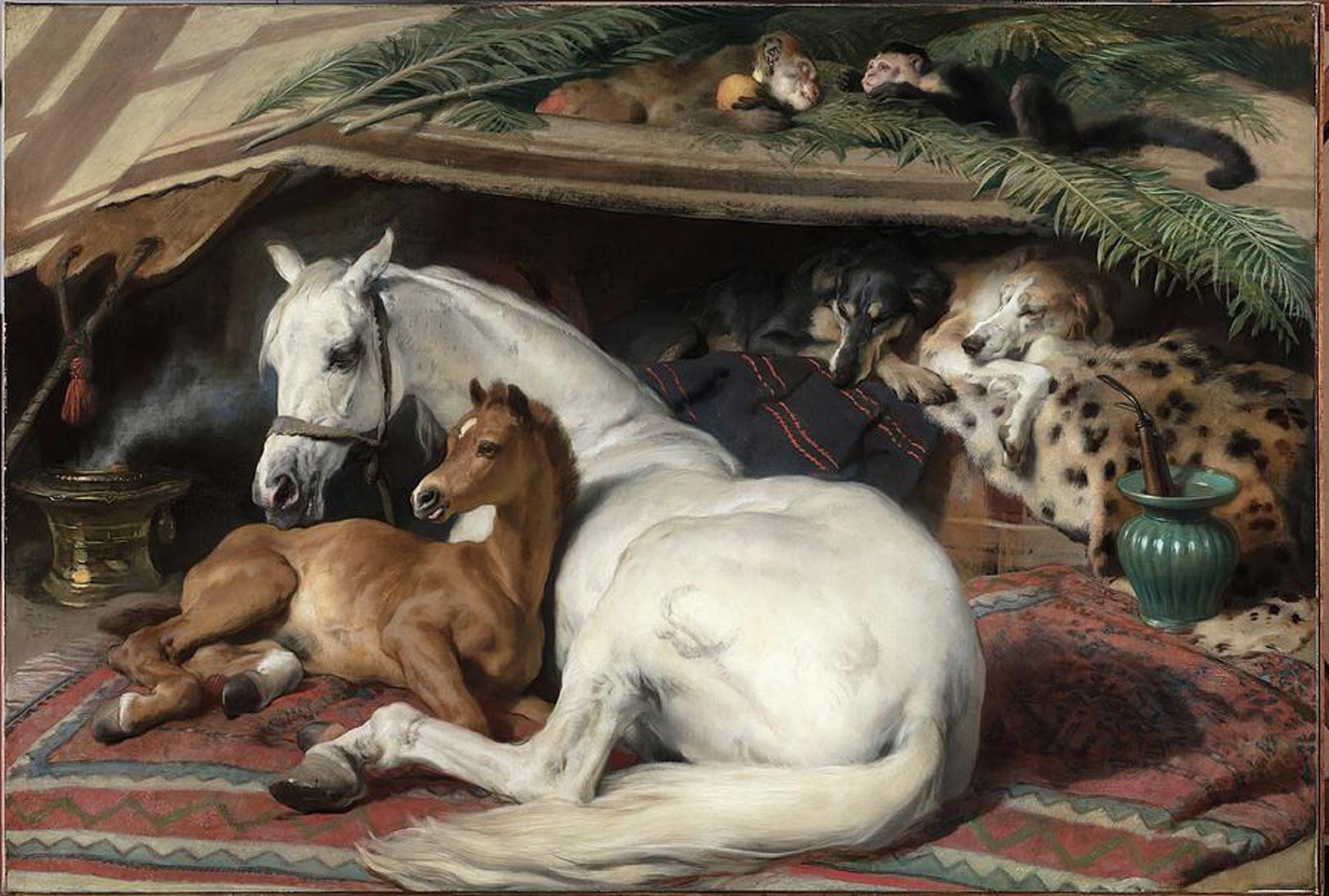 'As a child I wanted to snuggle up with the dogs and be part of it': Alexia Robinson chooses her favourite painting
'As a child I wanted to snuggle up with the dogs and be part of it': Alexia Robinson chooses her favourite paintingAlexia Robinson, founder of Love British Food, chooses an Edwin Landseer classic.
By Charlotte Mullins
-
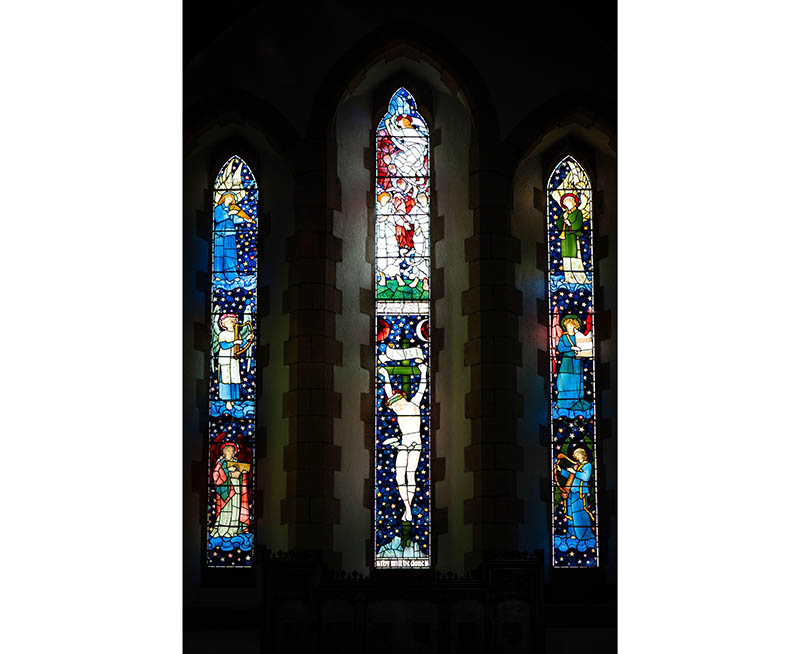 The Pre-Raphaelite painter who swapped 'willowy, nubile women' for stained glass — and created some of the best examples in Britain
The Pre-Raphaelite painter who swapped 'willowy, nubile women' for stained glass — and created some of the best examples in BritainThe painter Edward Burne-Jones turned from paint to glass for much of his career. James Hughes, director of the Victorian Society, chooses a glass masterpiece by Burne-Jones as his favourite 'painting'.
By Charlotte Mullins
-
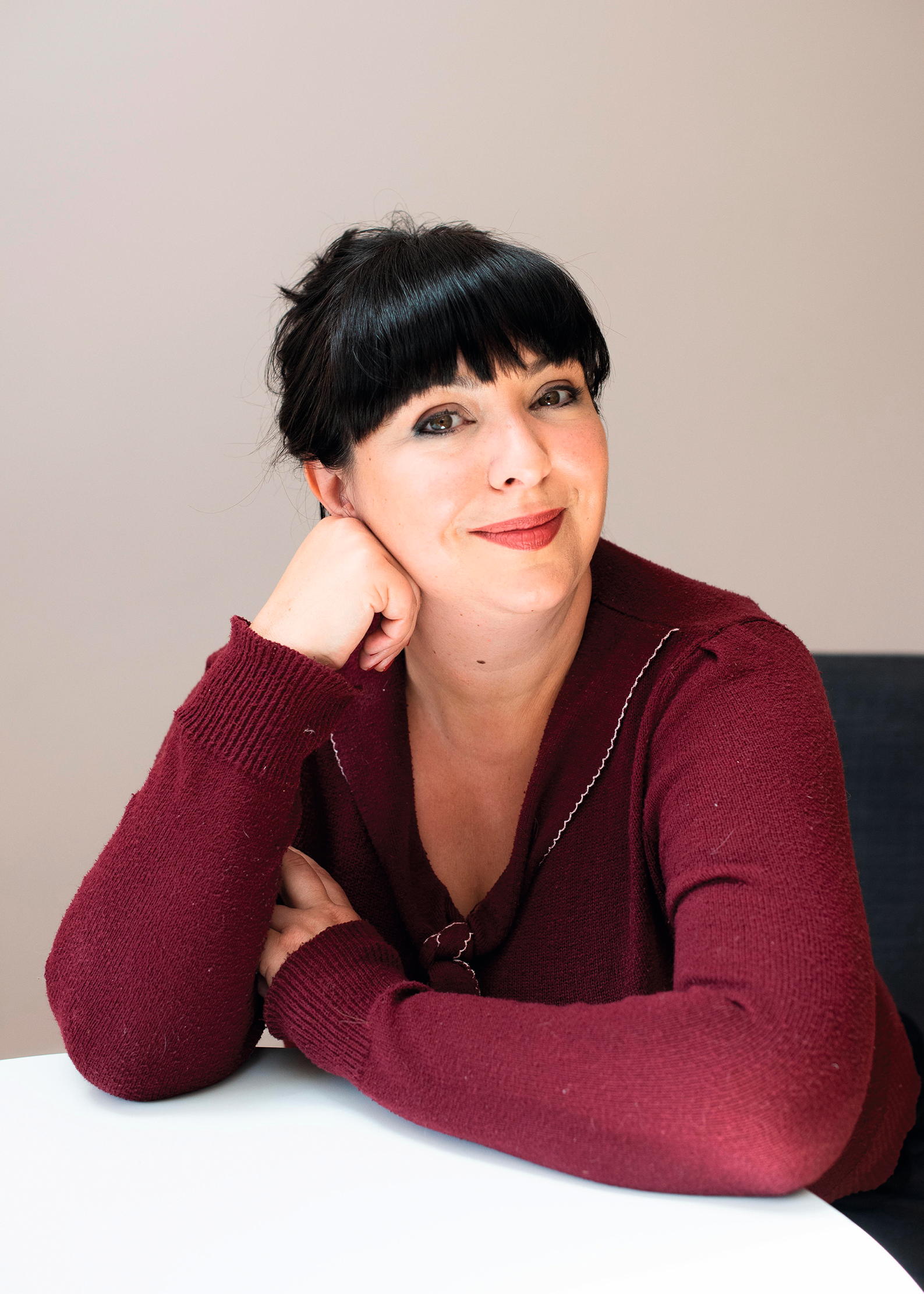 'I can’t look away. I’m captivated': The painter who takes years over each portrait, with the only guarantee being that it won't look like the subject
'I can’t look away. I’m captivated': The painter who takes years over each portrait, with the only guarantee being that it won't look like the subjectFor Country Life's My Favourite Painting slot, the writer Emily Howes chooses a work by a daring and challenging artist: Frank Auerbach.
By Toby Keel
-
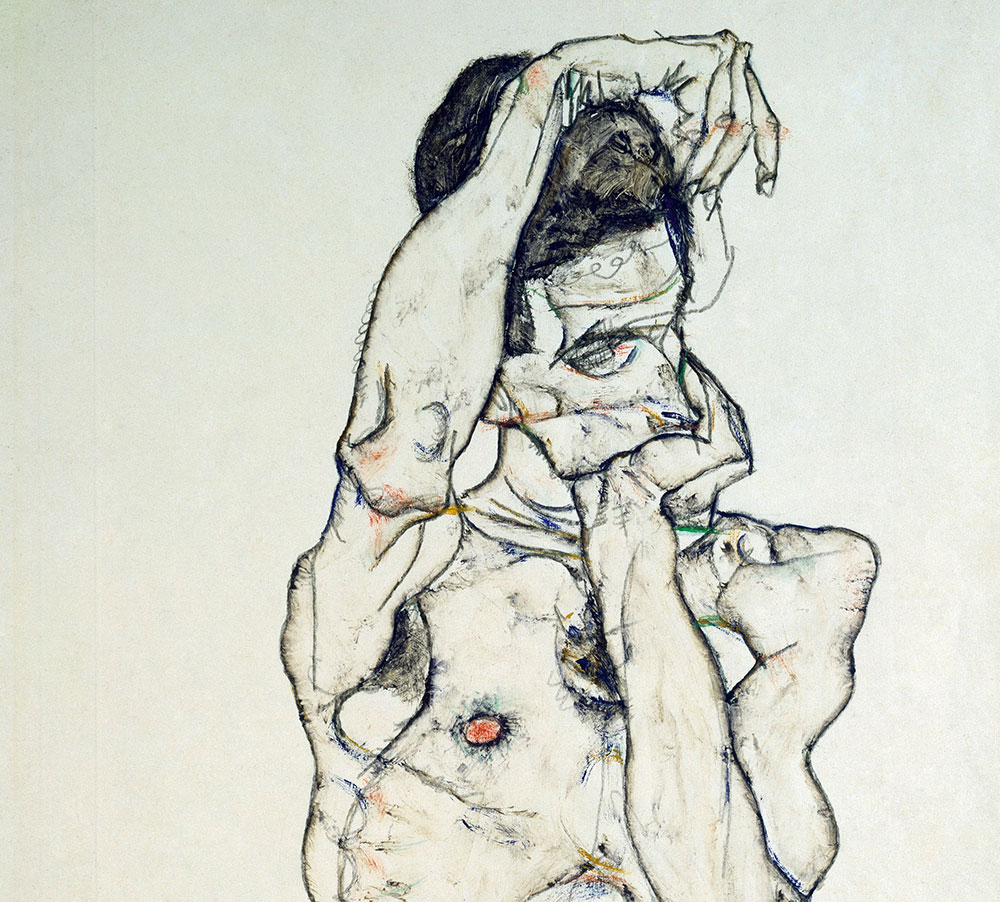 My Favourite Painting: Rob Houchen
My Favourite Painting: Rob HouchenThe actor Rob Houchen chooses a bold and challenging Egon Schiele work.
By Charlotte Mullins
-
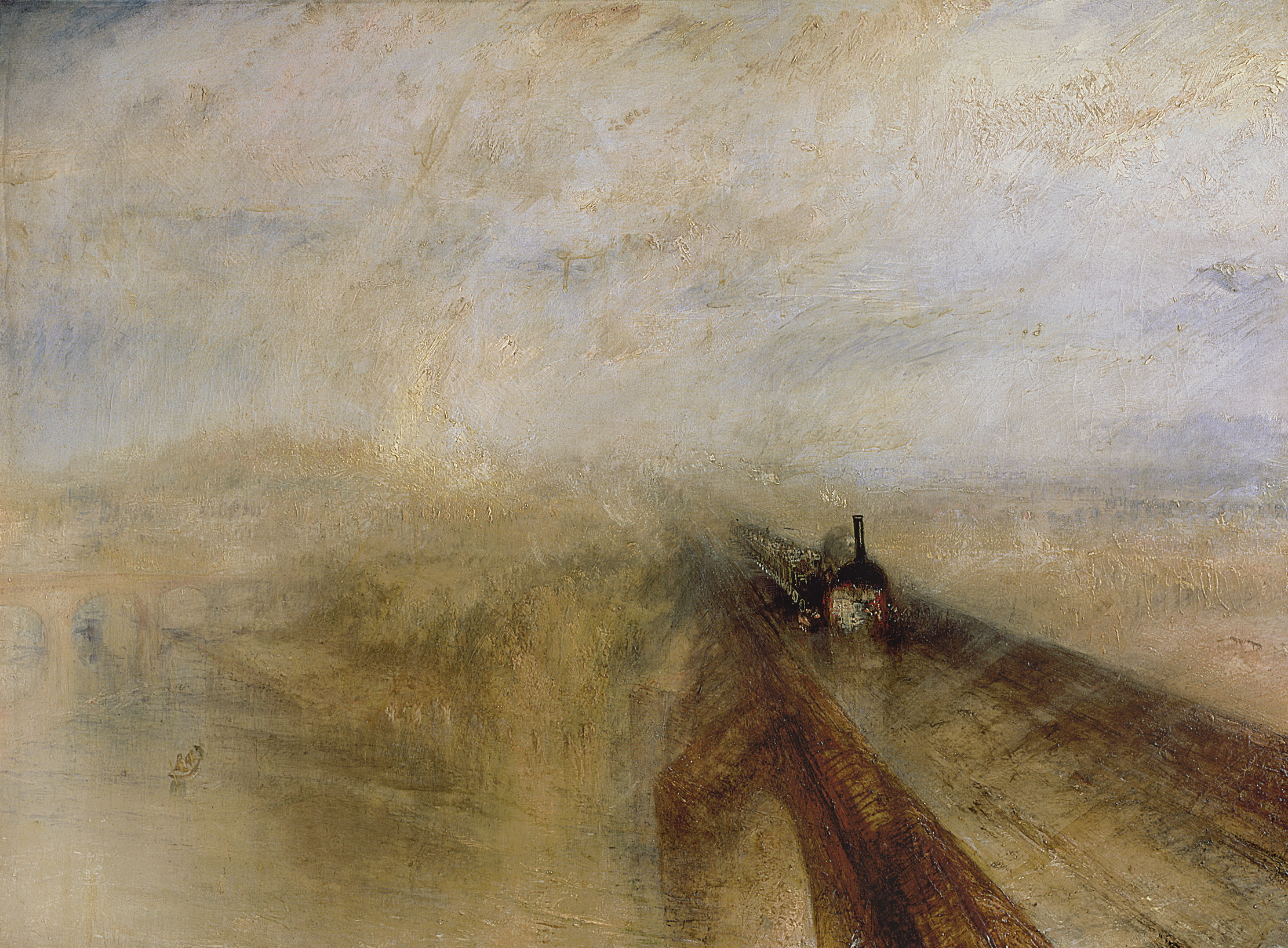 My Favourite Painting: Jeremy Clarkson
My Favourite Painting: Jeremy Clarkson'That's why this is my favourite painting. Because it invites you to imagine'
By Charlotte Mullins
-
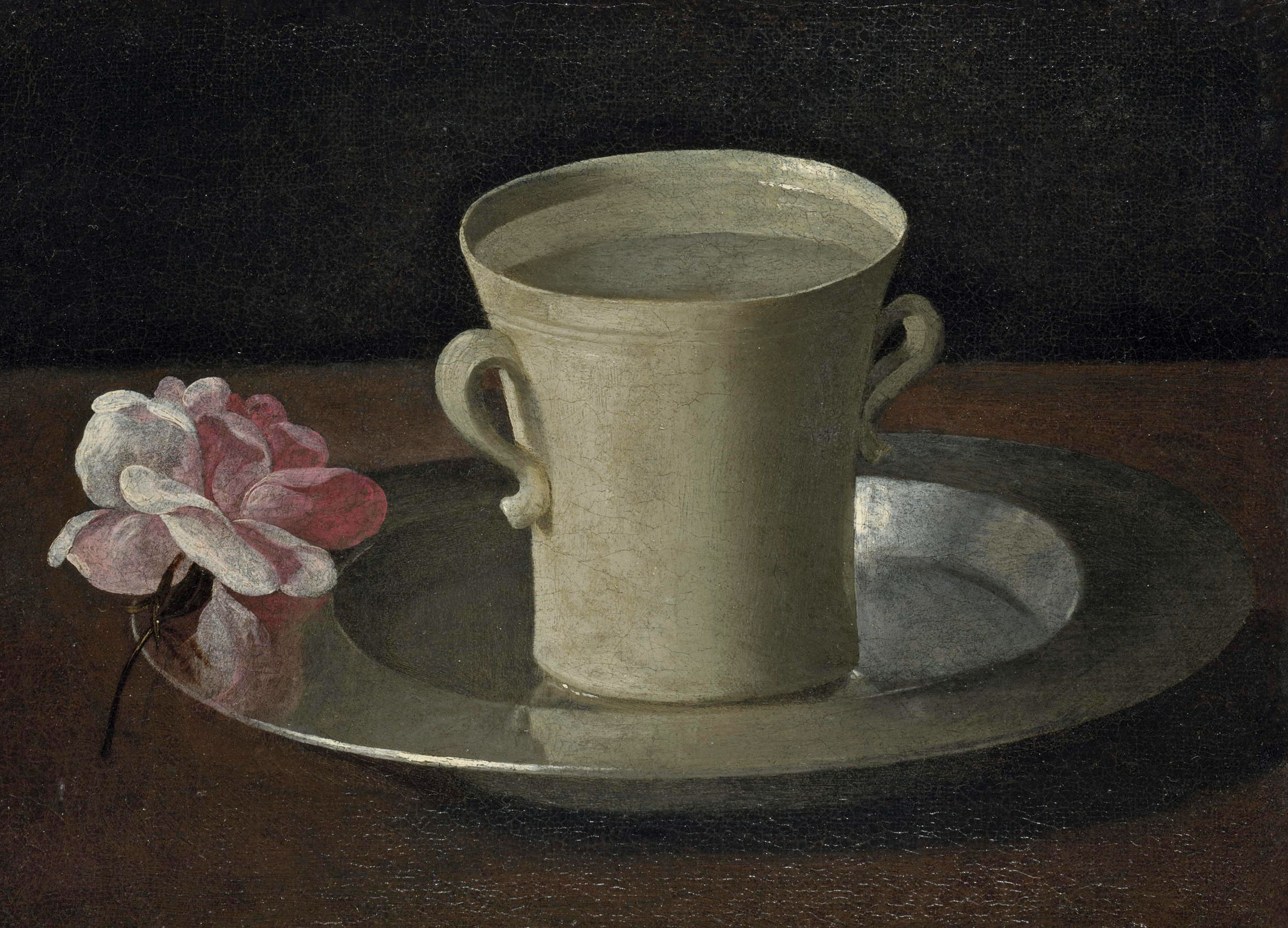 The chair of the National Gallery names his favourite from among the 2,300 masterpieces — and it will come as a bit of a shock
The chair of the National Gallery names his favourite from among the 2,300 masterpieces — and it will come as a bit of a shockAs the National Gallery turns 200, the chair of its board of trustees, John Booth, chooses his favourite painting.
By Toby Keel
-
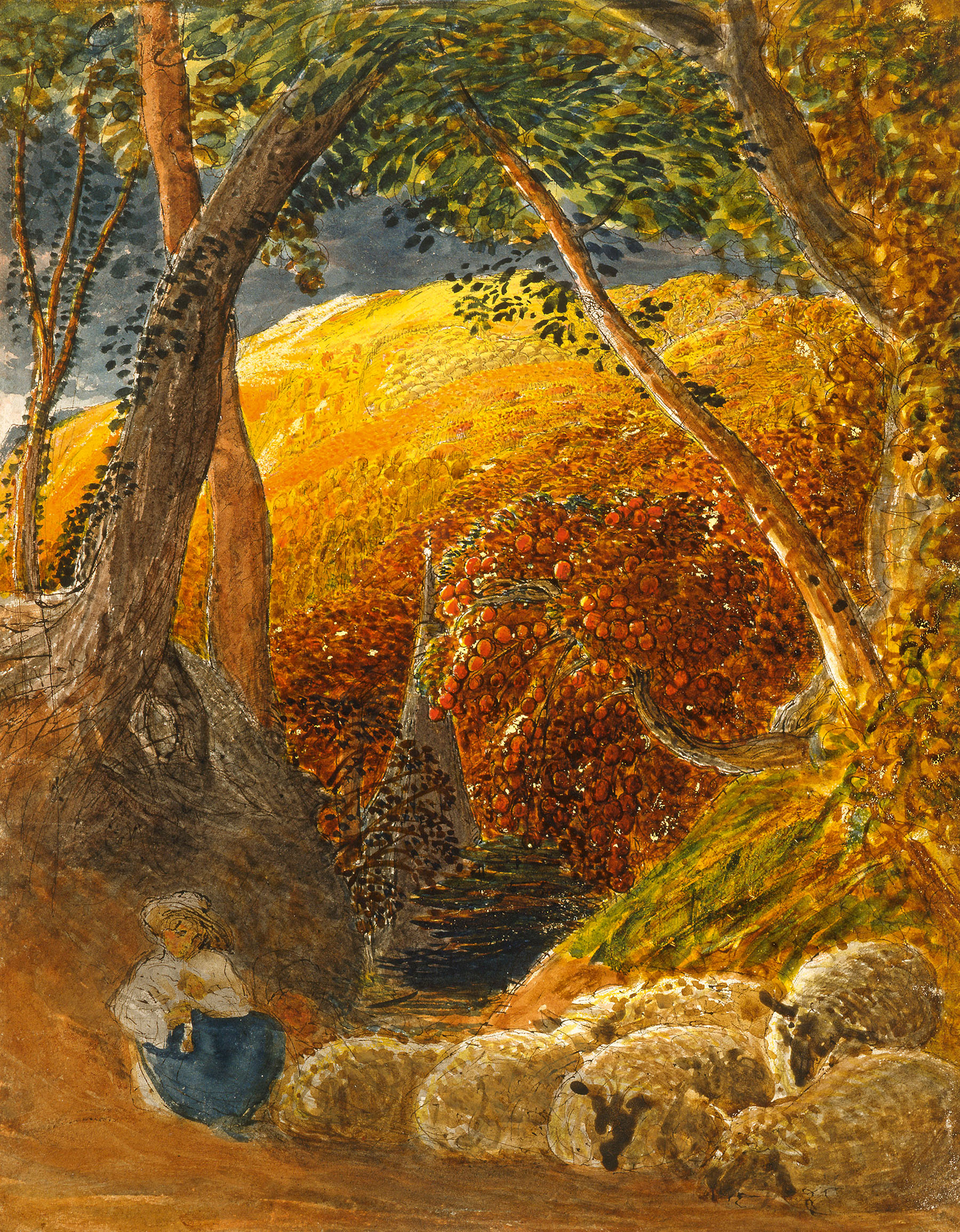 'A wonderful reminder of what the countryside could and should be': The 200-year-old watercolour of a world fast disappearing
'A wonderful reminder of what the countryside could and should be': The 200-year-old watercolour of a world fast disappearingChristopher Price of the Rare Breed Survival Trust on the bucolic beauty of The Magic Apple Tree by Samuel Palmer, which he nominates as his favourite painting.
By Charlotte Mullins
-
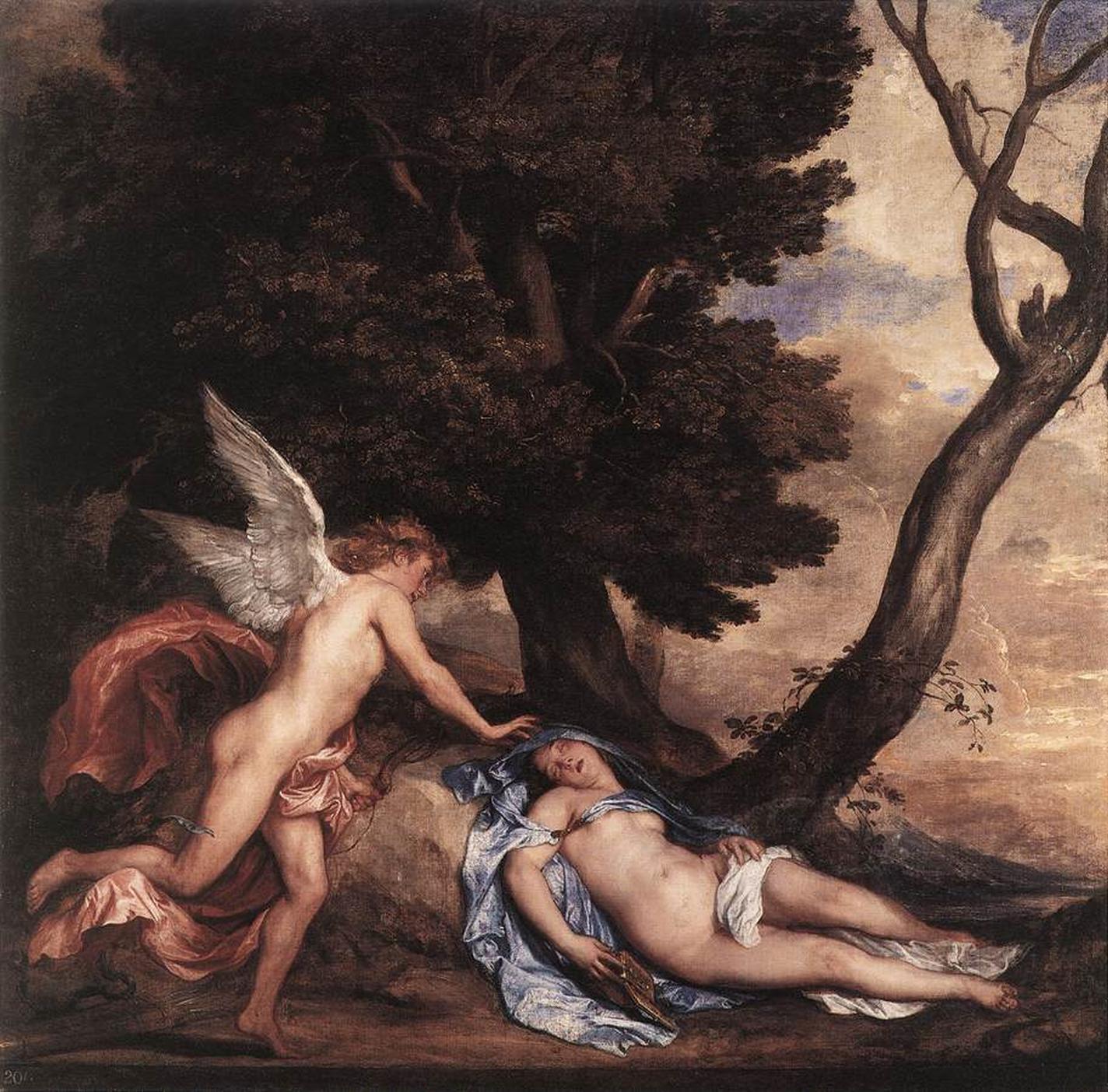 My favourite painting: Andrew Graham-Dixon
My favourite painting: Andrew Graham-Dixon'Lesson Number One: it’s the pictures that baffle and tantalise you that stay in the mind forever .'
By Country Life